Report this entry
More from the same community-collection
N. Mesa Street Downtown El Paso, Texas
Image of N. Mesa Street with sign and lamp post in downtown El ...
Betty Moor MacGuire Hall - El Paso Texas
Photograph of the Betty Moor MacGuire Hall. The picture features ...
Native Plants Program with Alex Mares - El Paso, Texas
Alex Mares, chair of the Chihuahuan Desert Education Coalition, ...
Texas Sotol Plant in the Northeast Mountains
Texas sotol has light green leaves, a short trunk, and ...
Texas Sotol Plant in the Northeast Mountains
Texas sotol has light green leaves, a short trunk, and ...
Texas Sotol Plant in the Northeast Mountains
Texas sotol has light green leaves, a short trunk, and ...
Texas Sotol Plant in the Northeast Mountains
Texas sotol has light green leaves, a short trunk, and ...
Texas Sotol Plant in the Northeast Mountains
Texas sotol has light green leaves, a short trunk, and ...

















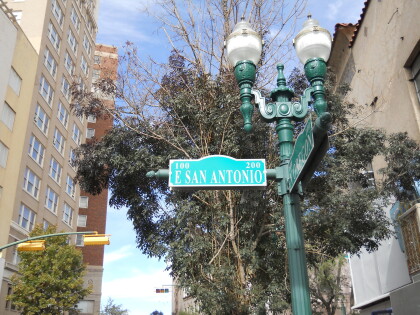
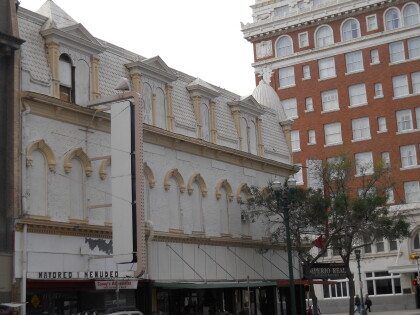
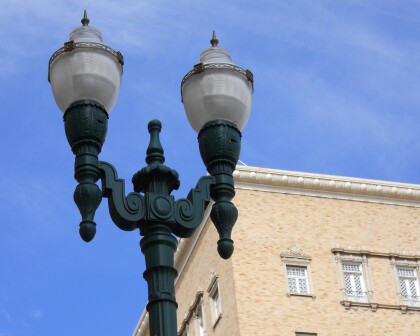
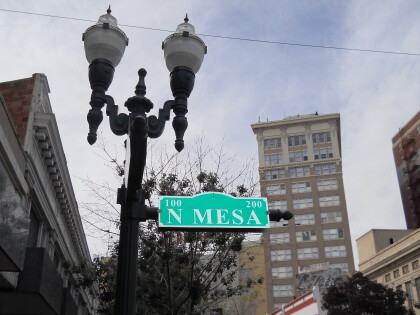
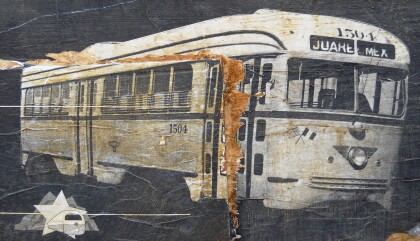
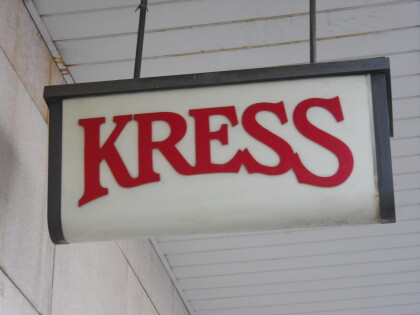
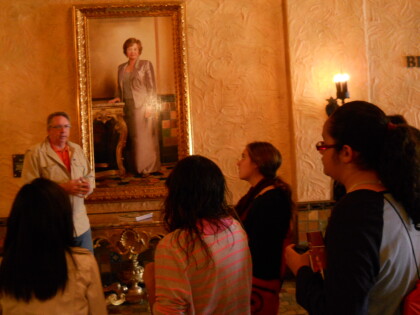
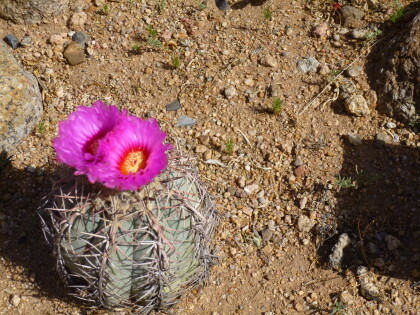
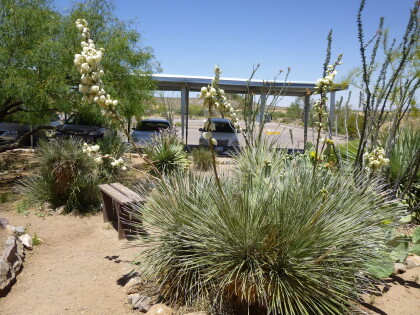
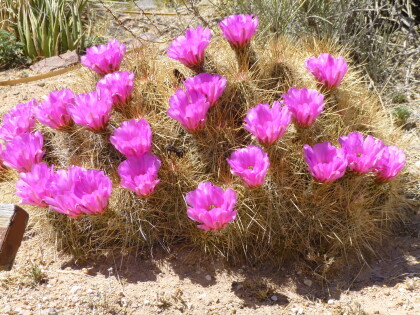
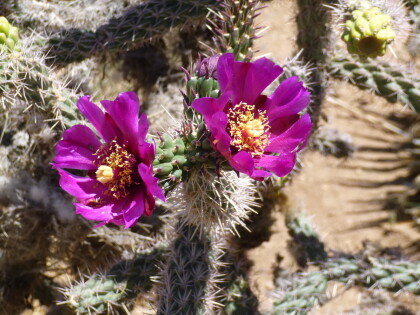
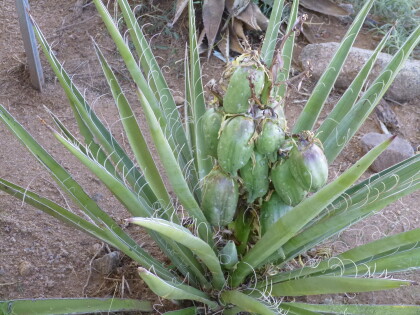
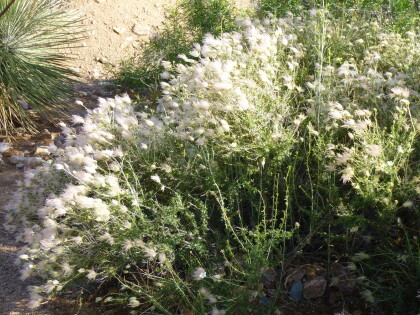
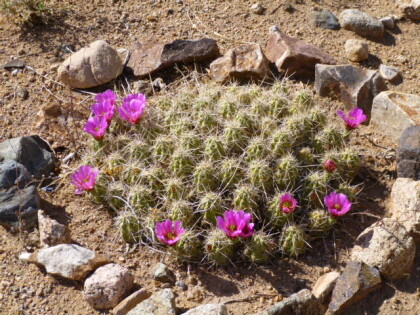
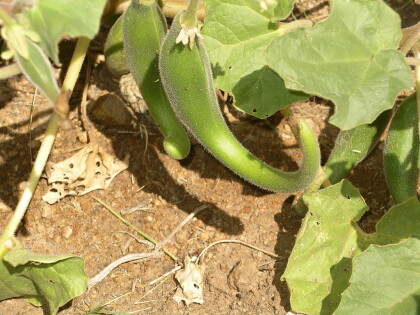
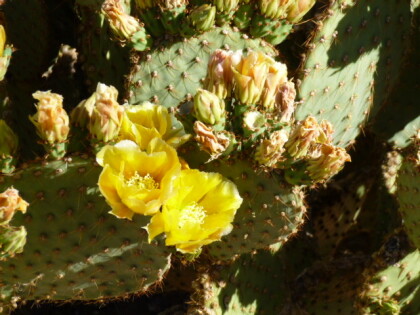
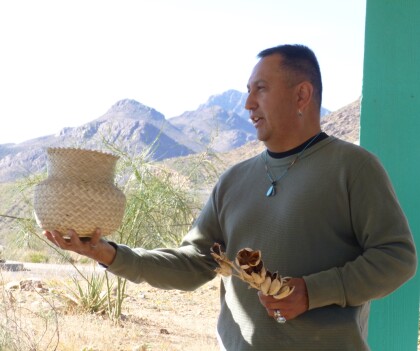
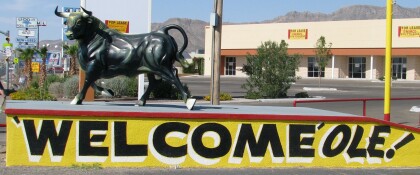
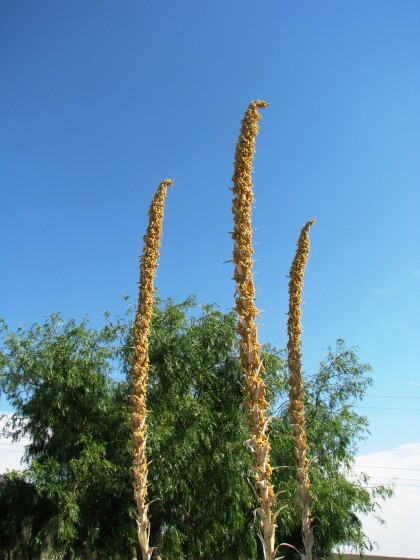
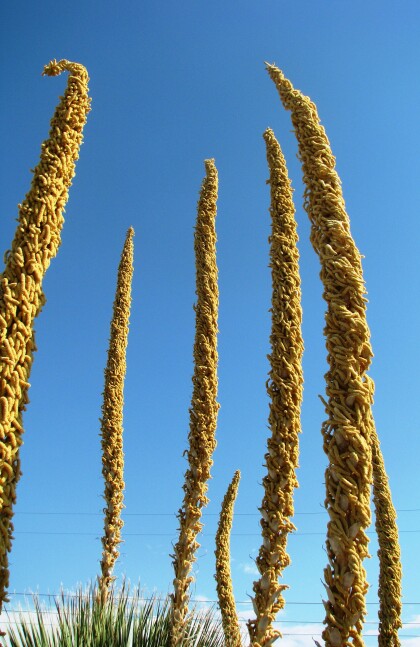
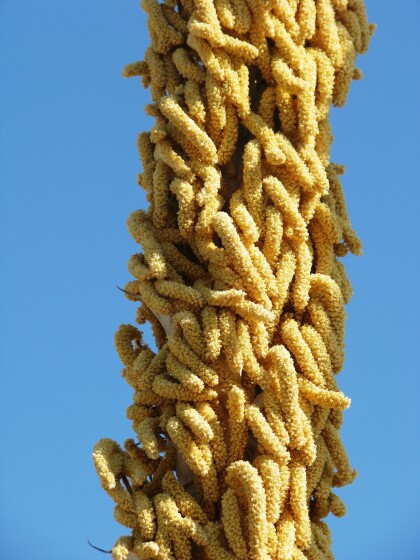
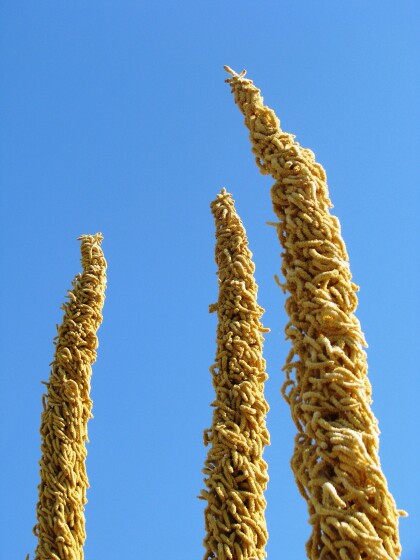
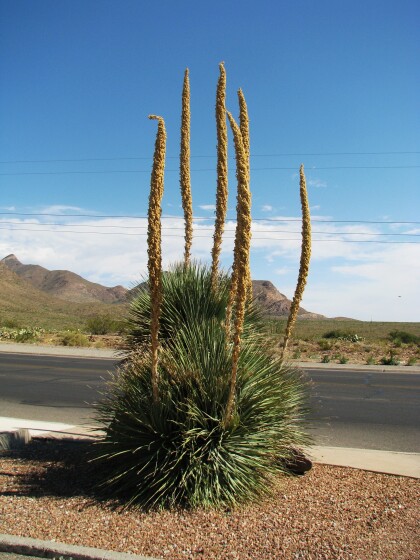
Comments
Add a comment